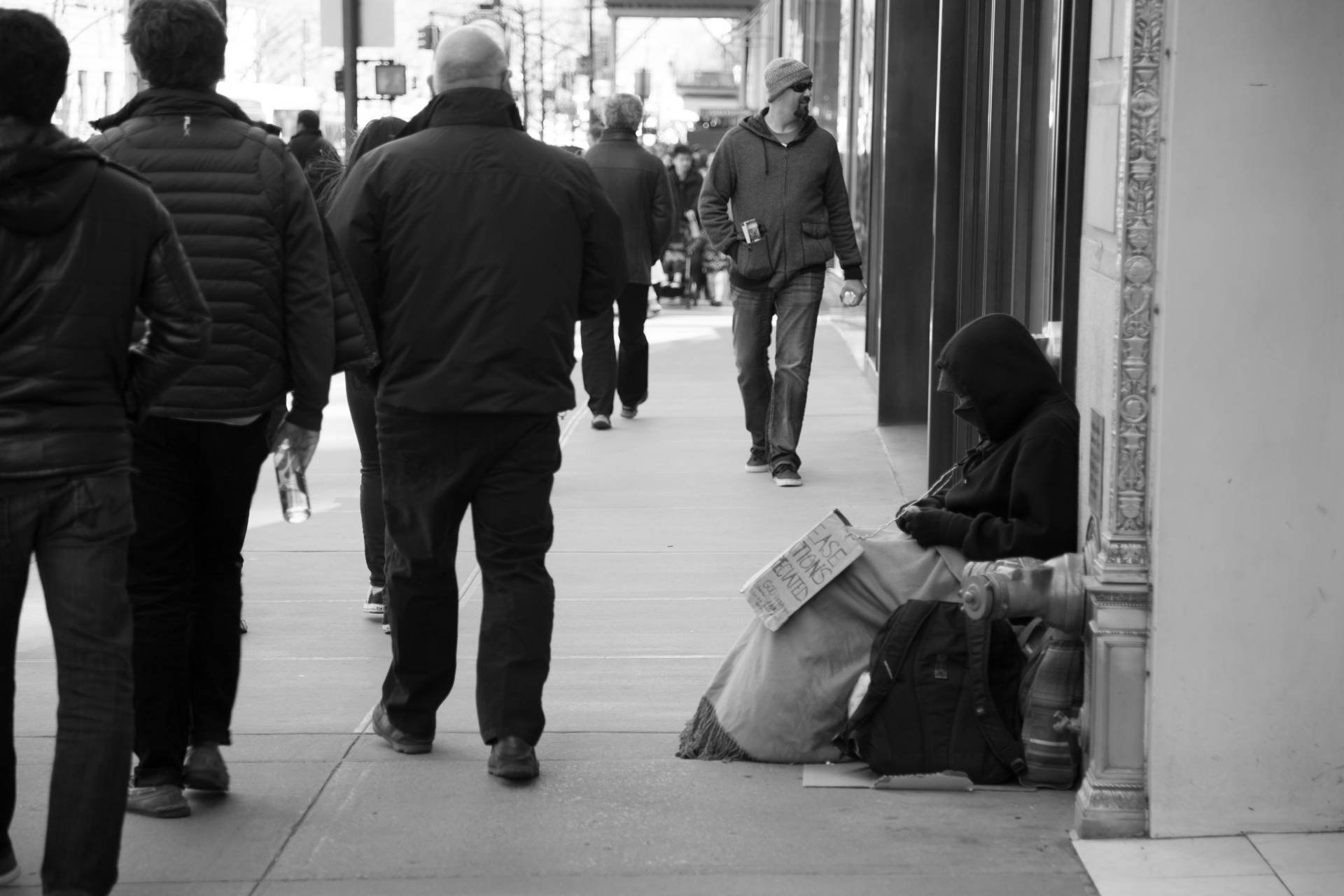Many believe that houselessness is only on the rise because of the Pandemic, but in reality, more than 550,000 people have suffered from houselessness in 2019, as opposed to the 15,000 people in 2018, according to the Joint Center For Housing Studies of Harvard University.
There has been a substantial increase in fighting against houselessness. However, instead of actively trying to find a way to house the unfortunate, hostile architecture or protective architecture has been used to keep the houseless off of public places.
“Hostile architecture, sometimes called defensive architecture, is a method of urban design that generally discourages the use of spaces in any other way than the intention of the owner,” According to Rick Esner, an author for The Current.
America isn’t the only country to blame for these hostile builds. Canada, China, England, Japan, France, and many other countries have decided to build hostile architecture to limit the number of houseless people sleeping in public.
Hostile Architecture hasn’t been proven to stop houselessness, but it has been effective at stopping houseless people from sleeping on benches. Now, they are sleeping on the sides of roads, alleyways, sidewalks, and parks.
“It’s garbage,” said Tyler Baez, a former student at Palomar College. “Homeless people have just migrated to different public places in San Diego.”
With houselessness skyrocketing up to 60% this year, experts are predicting the number to increase because of the rising rent prices and the lack of job offerings willing to take a houseless person.
Thankfully, San Diego has decided to move forward with helping the houseless find suitable housing. Mayor Todd Gloria said his team is now focusing on finding sites to build temporary housing, according to Voice of San Diego.
New York City, one of the most affected cities in America by houselessness, has effectively found other ways to help them instead of putting down more hostile architecture, calling it “Housing First”.
“The “housing first” approach involves moving long-term street homeless individuals — the majority of whom are living with mental illness, substance abuse disorders, and other serious health problems — directly into subsidized housing and then linking them to support services, either on-site or in the community,” According to Coalition for The Homeless.
Temporary housing is an excellent solution to stopping the spread of houselessness around the world. It gives the people a chance to care for themselves (and their families) to properly look for and acquire a job faster than if they were living on the streets.
It is no doubt that a majority of the houseless population are drug abusers, with drug overdose deaths spiking in the homeless range and up to 85 percent in San Diego in 2021. With temporary housing, houseless individuals can go to rehab to better their lives.
Rent relief (Federal Housing assistance) and Permanent Supportive Housing have also been proven effective. Rent relief has helped families and individuals during the pandemic pay their bills and Permanent Supportive Housing has helped long-term homeless people live cost-effectively.
If you or other students are battling houselessness and other issues, Palomar College has many resources available. Visit their Student Resource page for help.
Image Sources
- The Homeless: George Hodan/PublicDomainPictures.net | CC0 1.0 Universal


Comments are closed, but trackbacks and pingbacks are open.